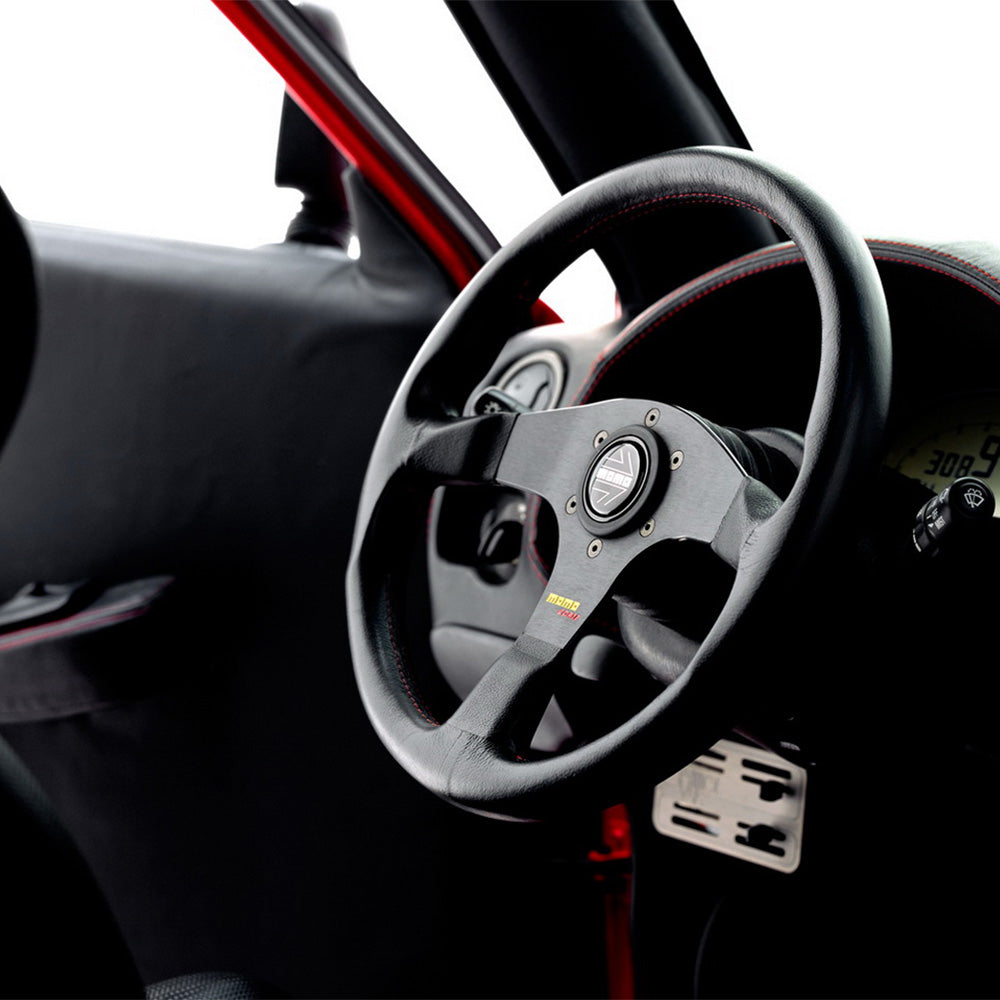We can debatethat point until Kevin Costner rescues us with a Jetski, but here’s something to consider: there are actually a number of pretty desirable classic cars that happen to run on electricity, happen to be inexpensive, and happen to be rare.
Why not put a few in your stable before they’re tough to get ahold of?




Venturi Fétish
Want one of the first serially-produced electric sports cars in the world? Find a Fétish, which entered production 10 years ago in 2006. (For what it’s worth, I still consider it to be one of the prettiest modern vehicles.) The blue concept was first shown in 2002, and the car is thankfully both quick and has a competitive range: at most, 211 miles.Power in later cars was up to 295 horsepower;it’s said to drive well , too. If it’s what “classic” cars will look like in 2050, we’ll be in good shape…though, sadly,Venturi itself isn’t exactly making thousands of new sports cars at the moment.


Henny Kilowatt
You’re looking at, perhaps, the world’s most desirable classic electric car. Not only is it a machine more rare than most Ferraris, but it was the first genuine attempt at an everyday classic, from the era that we all love so much—the late ’50s and early ’60s.In 1959, American businessman Russell Feldman realized he owned both Exide Batteries and the former Packard coachbuilder Henney. He was also, conveniently, president of the National Union Electric Corporation. He was well aware of the success of very early electric cars, and figured that with a light enough body and advances in then-modern battery technology, the Kilowatt could become a regular fixture on American roads.
One hundred of Renault’s small Dauphine were shipped sans moteur to Henney, where the cars fitted with batteries and an electric motor. How many are left? Roughly 12 in various states of disrepair, with two in drivable condition. C’mon, wouldn’t one be the perfectIcon Derelect ?


General Motors EV1
It’s not like all of General Motors’ revolutionary coupes were crushed like cockroaches at an exterminator’s boot. There are several still kicking around, and I wouldn’t put it past someone to take a “deactivated” EV-1 and eventually update it with the latest electric car tech. Volt…Bolt…I guess there’s room for a Jolt, no?


Volkswagen Golf and Jetta citySTROMer
For the cool factor, get the Golf. If you want practicality, the Jetta at best would do 155 miles on a charge. That figure was set in the late ’80s, however, so figure on a new set of batteries before you send it off with your kid for college.On some models, VW was thoughtful enough to include an effective cabin heater…thatran on diesel fuel. Fiatdid an ‘Elettra’ Panda , too.




Commuter Cars Tango
It’d do 60 mph in little more than 3 seconds, and ownersincluded George Clooney and the co-founders of Google. Pretty much un-tippable, too, with a range of more than 150 miles on lithium ion batteries. The first was sold more than 10 years ago, and there are said to be fewer than 20 extant.Anyone brave enough to do some lane splitting?




Zagato Zele
While the cheese wedge-shaped CitiCar wasrightfully something to stare at with confusion, not all electric microcars are terrible-looking.Everyone’s favorite love-or-hate styling house Zagato actually put its own honest-to-goodness electric city car into production in the ’70s. There were roughly 500 made, and sadly, it’s a slow city car with a range of (at most) 50 miles. Intrepid car hunters will note that it was sold in the U.S., too: set your web searches for the “Elcar”.



Enfield 8000
With about 120 made during its complicated history , a range of ~40 miles, and top speed of less than 50 mph, there’s a good chance you won’t be spotting an Enfield 8000 in the Goodwood Festival of Speed paddock…unless it’s the 8000 recommissioned and rechristened as “Jonny’s Flux Capacitor”.That one will tick off a quarter mile in less than 13 seconds,at more than 100 mph.

AC Propulsion tzero
Don’t confuse this car with the also electric, interesting, and similar-lookingRenaissance Cars Tropica or Zebra Motors Tango . The AC Propulsion tzero,named after t0, was built in three copies. Think of it as a technology demonstrator that impressed a number of people, including a young Elon Musk.Each car is noticeably advanced for their time; in 1997, the first prototype was doing 0-60 mph in four seconds and had a range of ~90 miles and could be recharged within an hour. Once updated to lithium ion batteries, the car was 500 lb lighter, did 60 in 3.6, and had a top speed of 140 mph.
The only problem was its price: $220,000. As you’d expect from a company far ahead of its time, its final tzero was just as fast but pulled a gasoline-powered generator behind it to recharge the car while on the move. Range? As far as you’d want to go.
Anything classic, small, with a broken engine
It’s not like decades of small city cars haven’t been accumulating in the smallest corners of people’s garages and yards.Since the UN’sParis Climate Agreement has been widely supported, figure on—eventually —cities starting to adopt the triple threat of trouble for drivers: congestion charging, restricted access for vehicles with internal combustion engines, and restricted access for commuter vehicles. Wide adoption of autonomous cars could also drastically change something people say there’s not enough of already: parking.
I’m not saying you should run out and buy the Goggomobil you see and turn it into a Tesla-hunting wasp, but that’s exactly the challenge a guy like Carlo Abarth would have tackled head-on. (For that matter, if Fiat hasn’t already trademarked “Ebarth”, it’d better get on that boat before someone else makes a Tesla Model S-hunting microcar that appeals to driving enthusiasts.)
It’ll be fun to see what the future holds—thereare plenty ofinteresting projects already underway.
Image Sources: Press shots from respective manufacturers, lov2xlr8.no




















































